The southerly wind whips up chilled spray as we scoot across Mercury Passage to Maria Island. A film of salt rests on my lips, tiny droplets linger in my hair creating a halo of dampness. Ahead looms Mt Maria, its summit concealed behind bleak low clouds that threaten rain. The sky is as grey as the sea. As we near Shoal Bay I idly wonder what Nicholas Baudin made of this place when he anchored here in 1802. Has it changed any in the intervening 200-odd years? Skipper Ben offloads us and our backpacks on the beach before disappearing around the headland. His departure is our cue to lace up our hiking boots and start walking.
Keen hikers and nature enthusiasts, we’re doing The Maria Island Walk on Tasmania’s east coast for what’s known as gliking (as in glam hiking or biking). Gliking is Glamping’s more adventurous cousin. We’re anticipating wilderness and wombats, wild rugged coastlines and sweeping sandy beaches. But we’re also salivating in anticipation of decadent dining matched with award winning Tasmanian wines sourced from local vineyards. After four days of hiking I’m checking into arguably Australia’s most exquisite boutique hotel, Saffire Freycinet. It’s the sole reason I’ve stashed a slinky black dress amongst my hiking gear. Plus they’ve recently opened a Tasmanian Devil enclosure in a gallant attempt to prevent these creatures from extinction.
Expectations are high. And, I might add, easily met on many levels. Gliking never looked better!
Fiona Harper was a guest of The Maria Island Walk and Saffire Freycinet




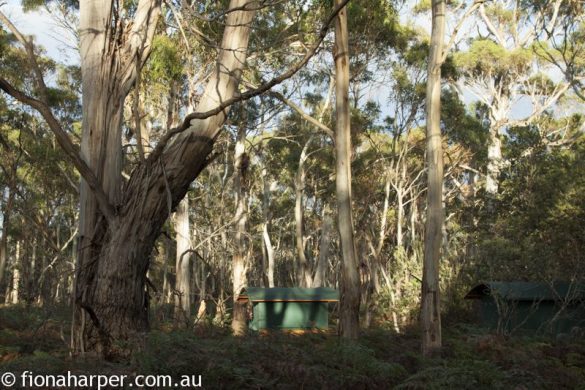
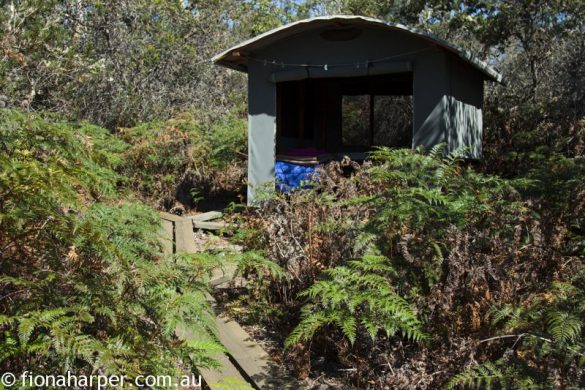
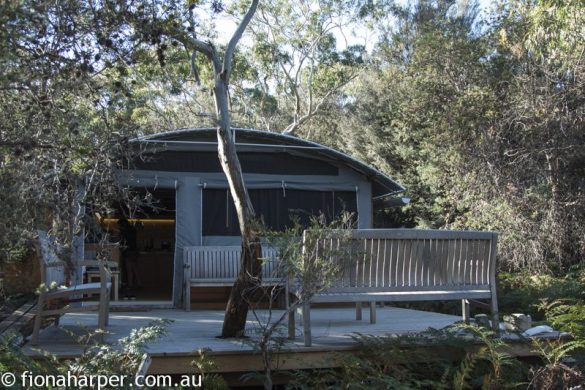
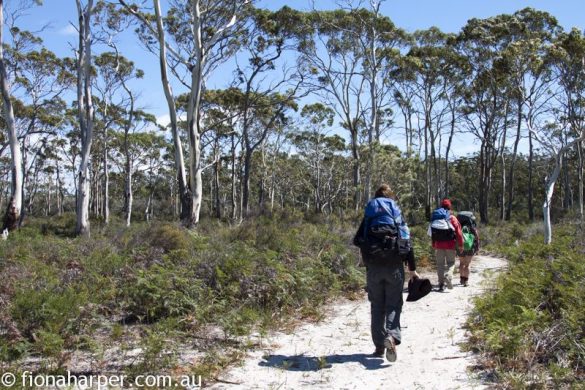
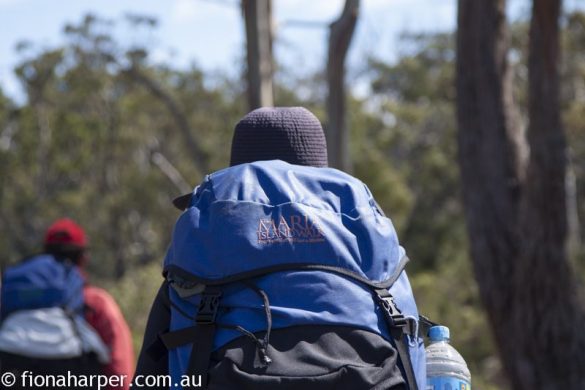
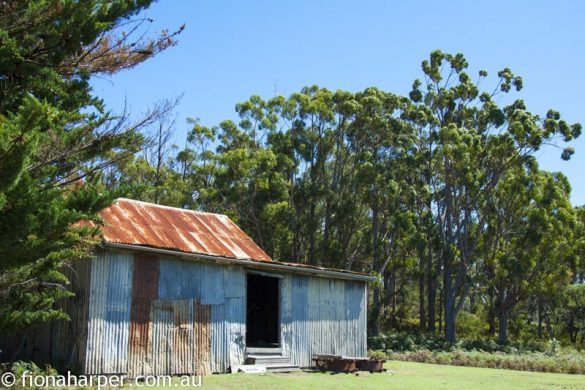
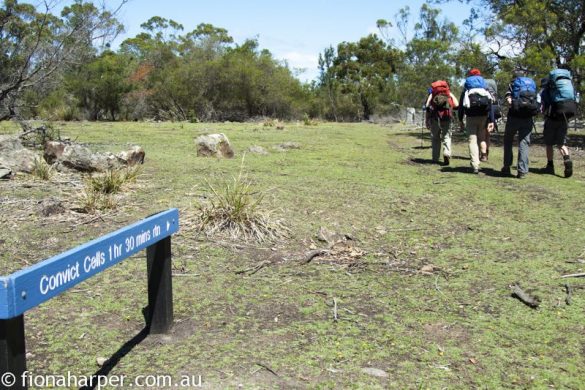
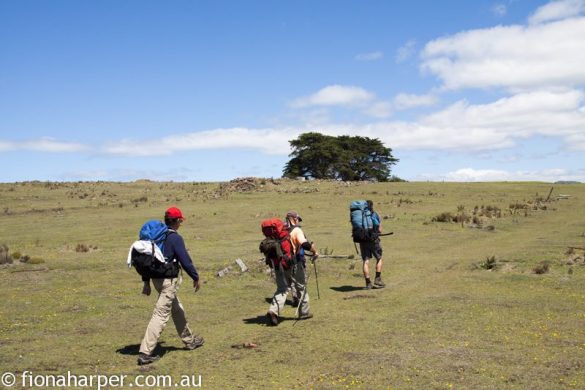
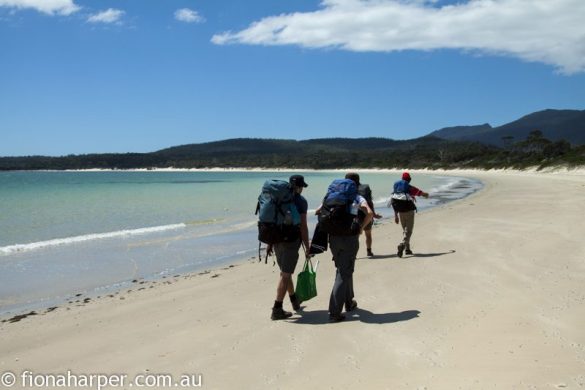
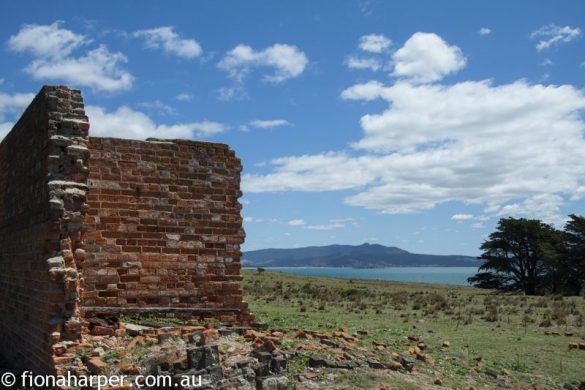
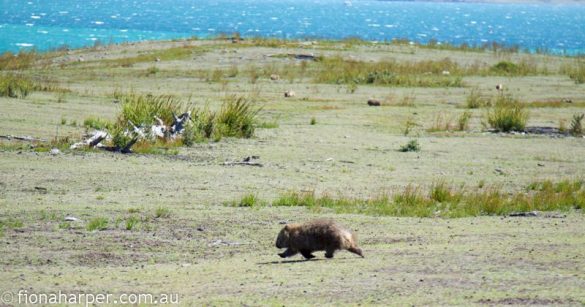
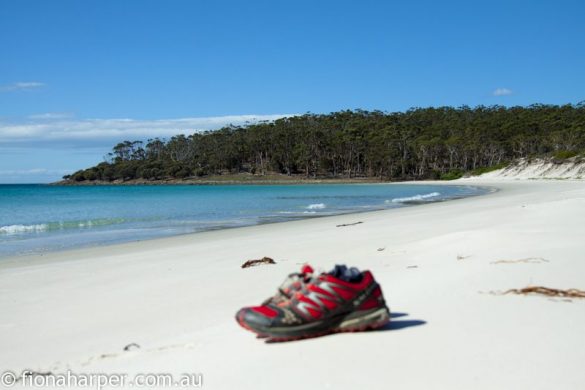
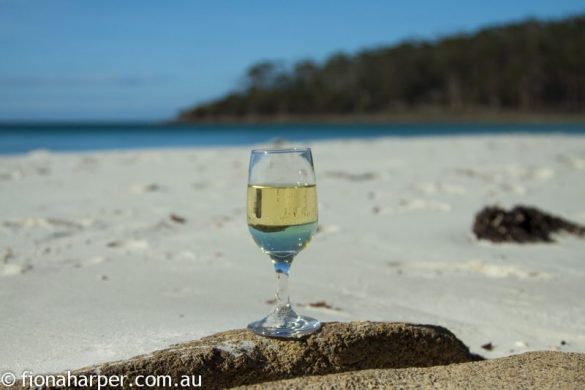
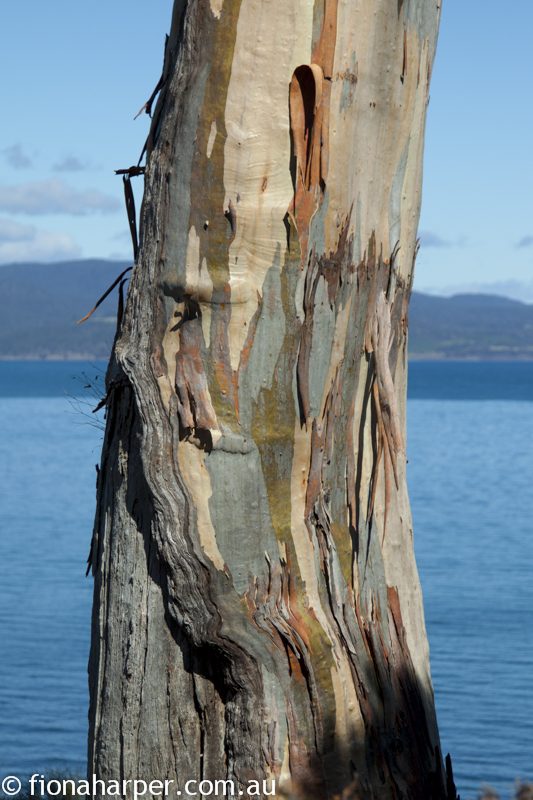
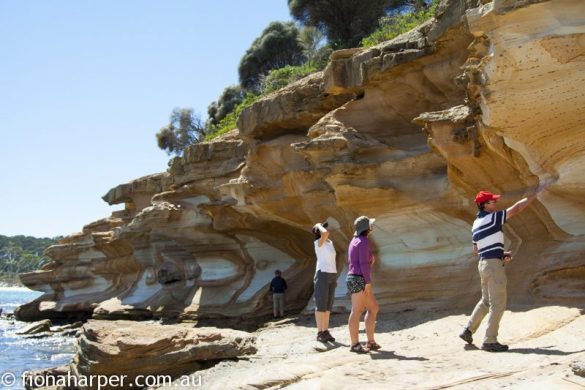
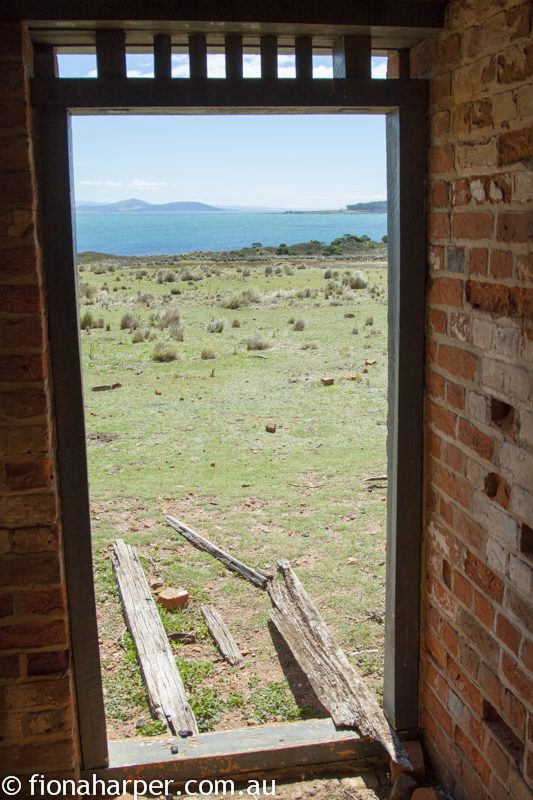
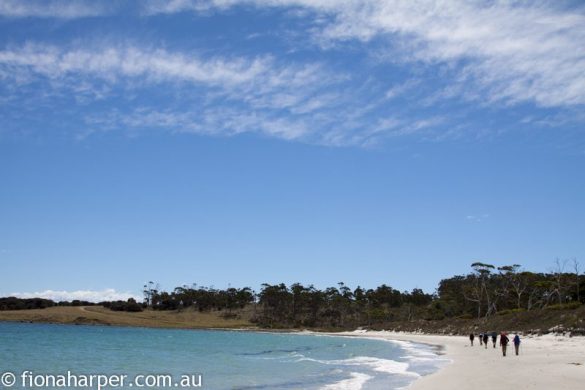
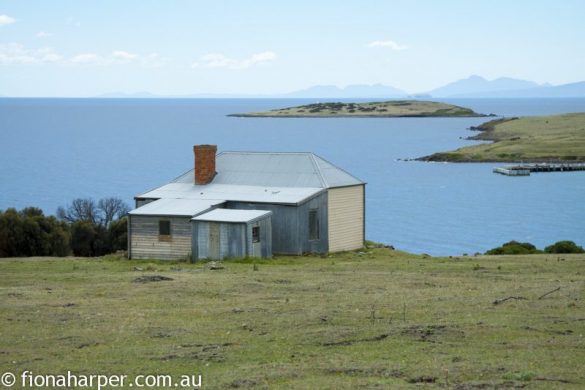
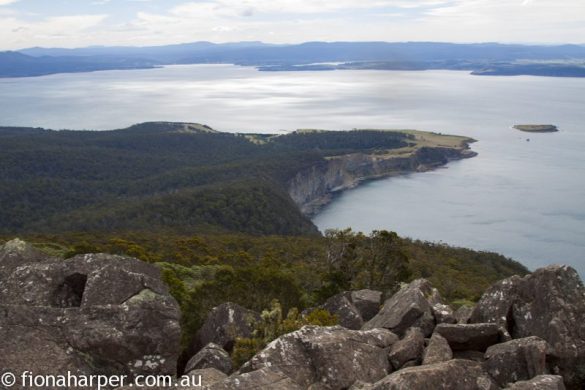
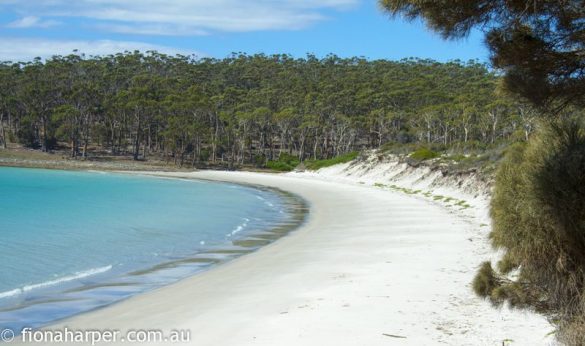
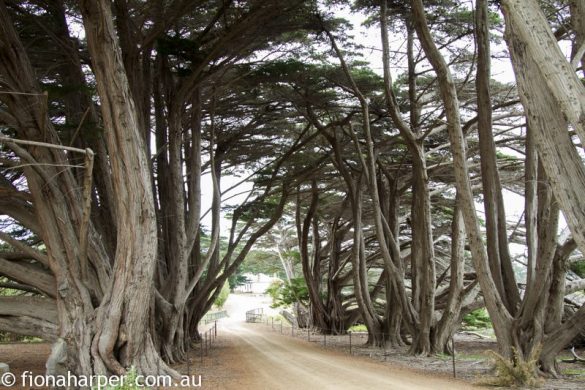
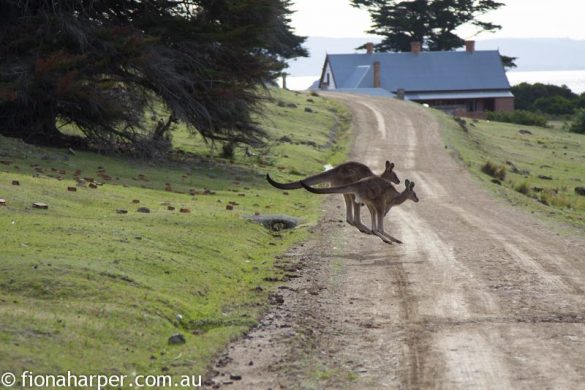
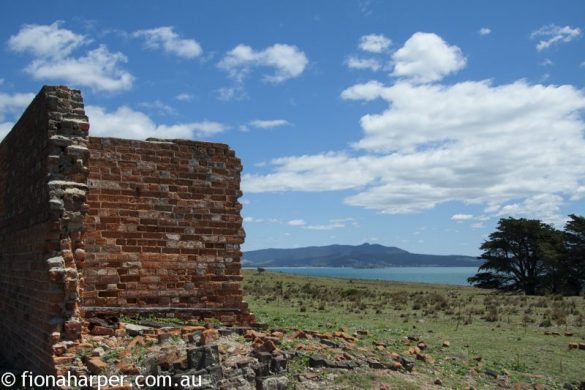
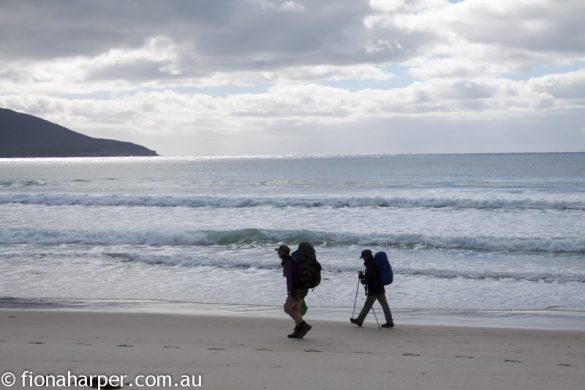
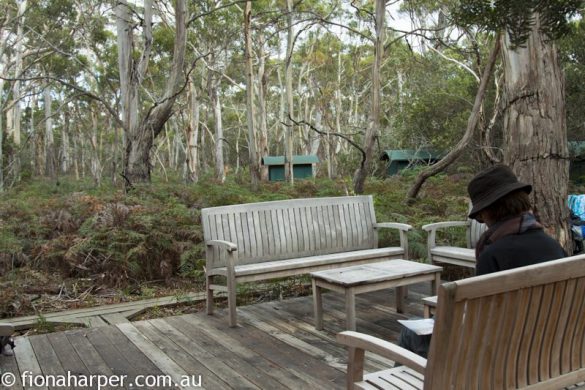
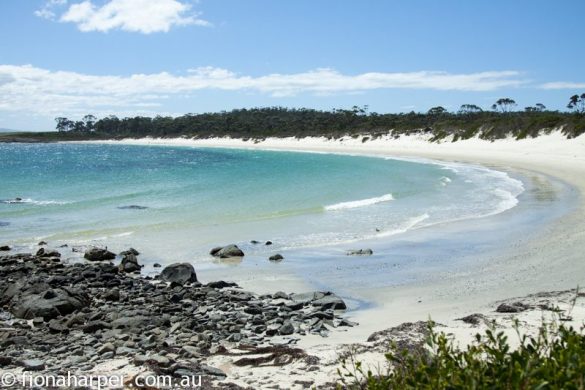
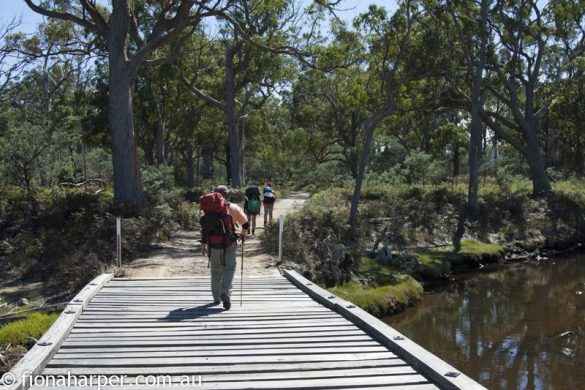
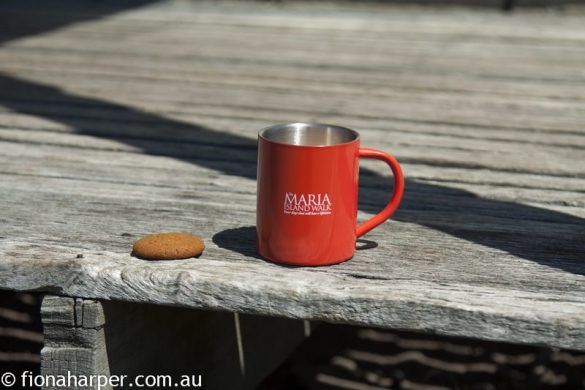
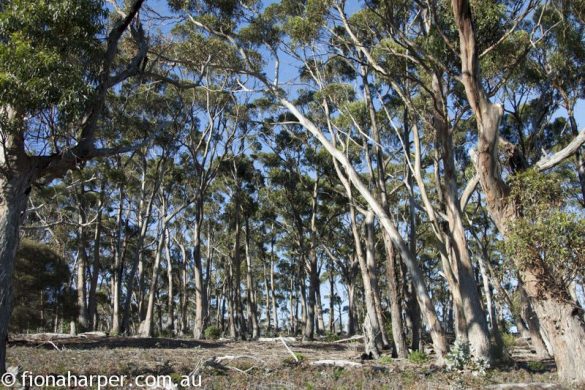
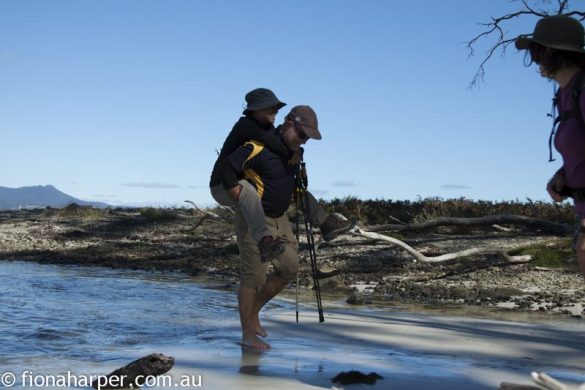
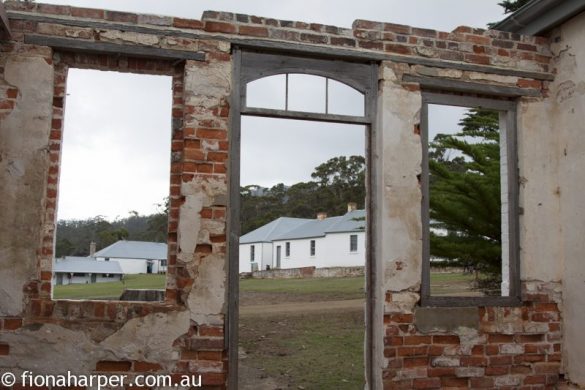
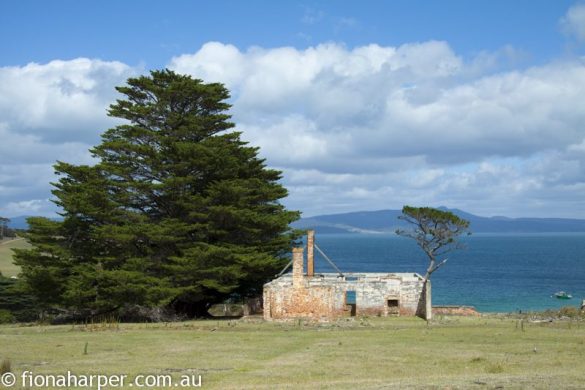
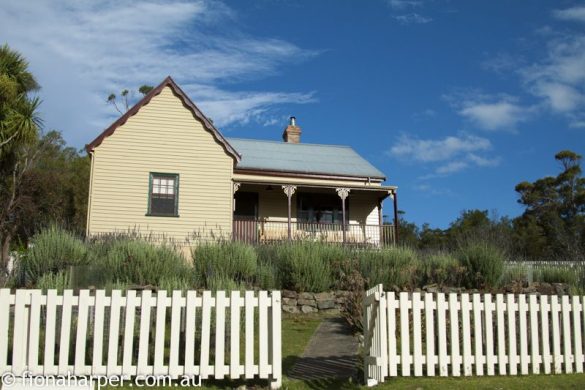
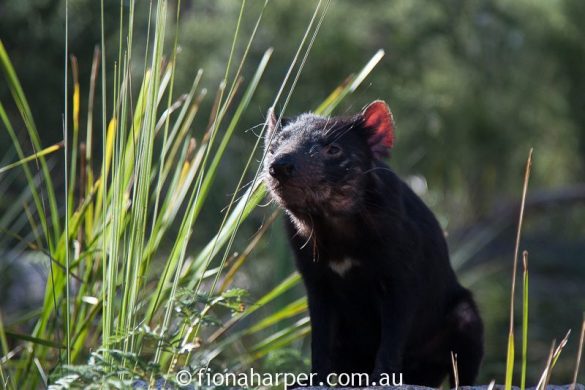
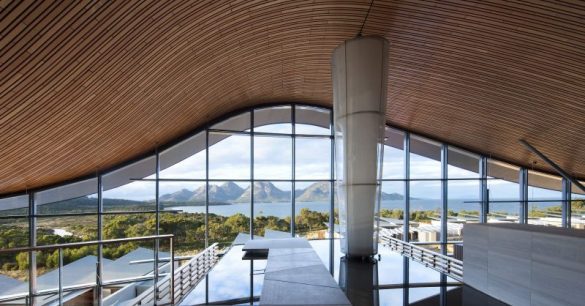
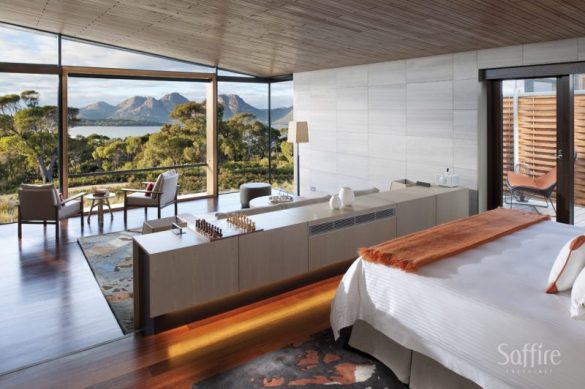
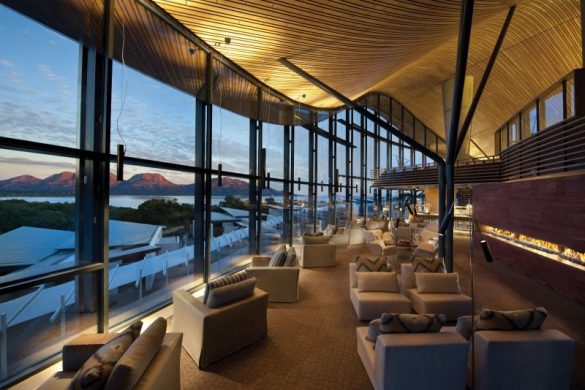
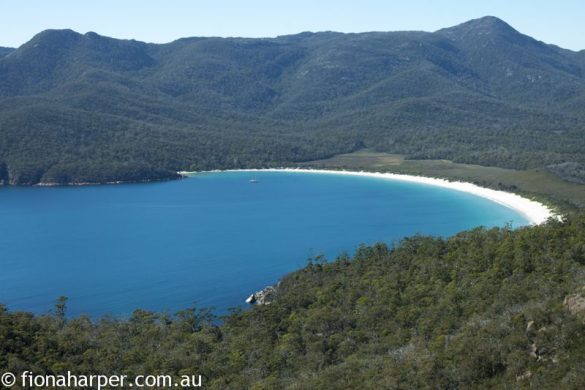
Comments are closed.